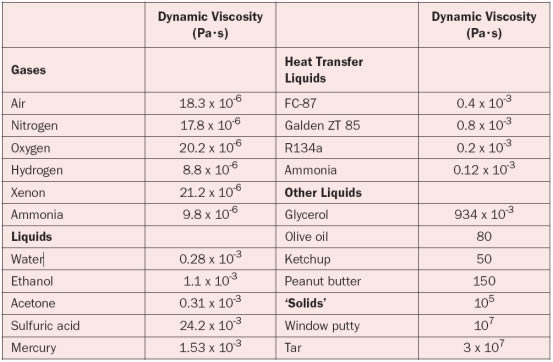

So, F/A, or force divided by area, is another way of defining viscosity. Viscosity Formula The viscosity formula is often expressed using Newton's equation for fluids: F / A = n (dv / dr) where F represents force and A represents area. FluidTemperature (K)Density (kg/m3)Dynamic viscosity (kg/ms)Kinema.Water (1.013e+5 Pa)0999.917.87e417.87e7Water (1.013e+5 Pa)5100015.14e415.14e7Water (1.013e+5 Pa)10999.713.04e413. The low viscosity of water is important in its role as the solvent for life's chemical reactions and for blood circulation. The viscosity of water measures its resistance to flow and is critical to its many functions. People also ask, why is water viscosity important? Thus, water is "thin", having a low viscosity, while vegetable oil is "thick" having a high viscosity.Īlso Know, what is the viscosity of water at 15 degrees Celsius? Viscosity Table - Measurement data Temp. The following thermodynamic properties are calculated: density water, dynamic viscosity water, kinematic viscosity water, specific inner energy water. Viscosity describes a fluid's internal resistance to flow and may be thought of as a measure of fluid friction. It is commonly perceived as "thickness", or resistance to pouring. In a reservoir it is typically between 0.5 to 1 cp.īeside this, is Water high or low viscosity? Water at room temperature is approximately equal to 1 cp. Many fluids do not behave in the well-ordered fashion of Newtonian fluids. One (1) centiPoise (the unit symbol is cP) is the viscosity of water at 68 0F, making it easy to compare the viscosity of various fluids to that of water. Water viscosity is a very weak function of pressure. viscosity is the Poise (or centiPoise), in honor of Poiseuille. Higher values indicate more resistance to flow. Water viscosity is a measure of the amount of resistance to flow the water has.


 0 kommentar(er)
0 kommentar(er)
